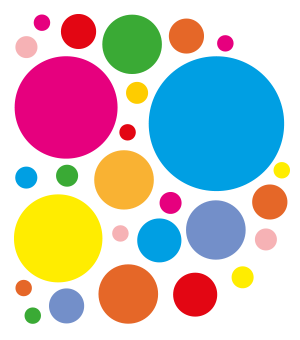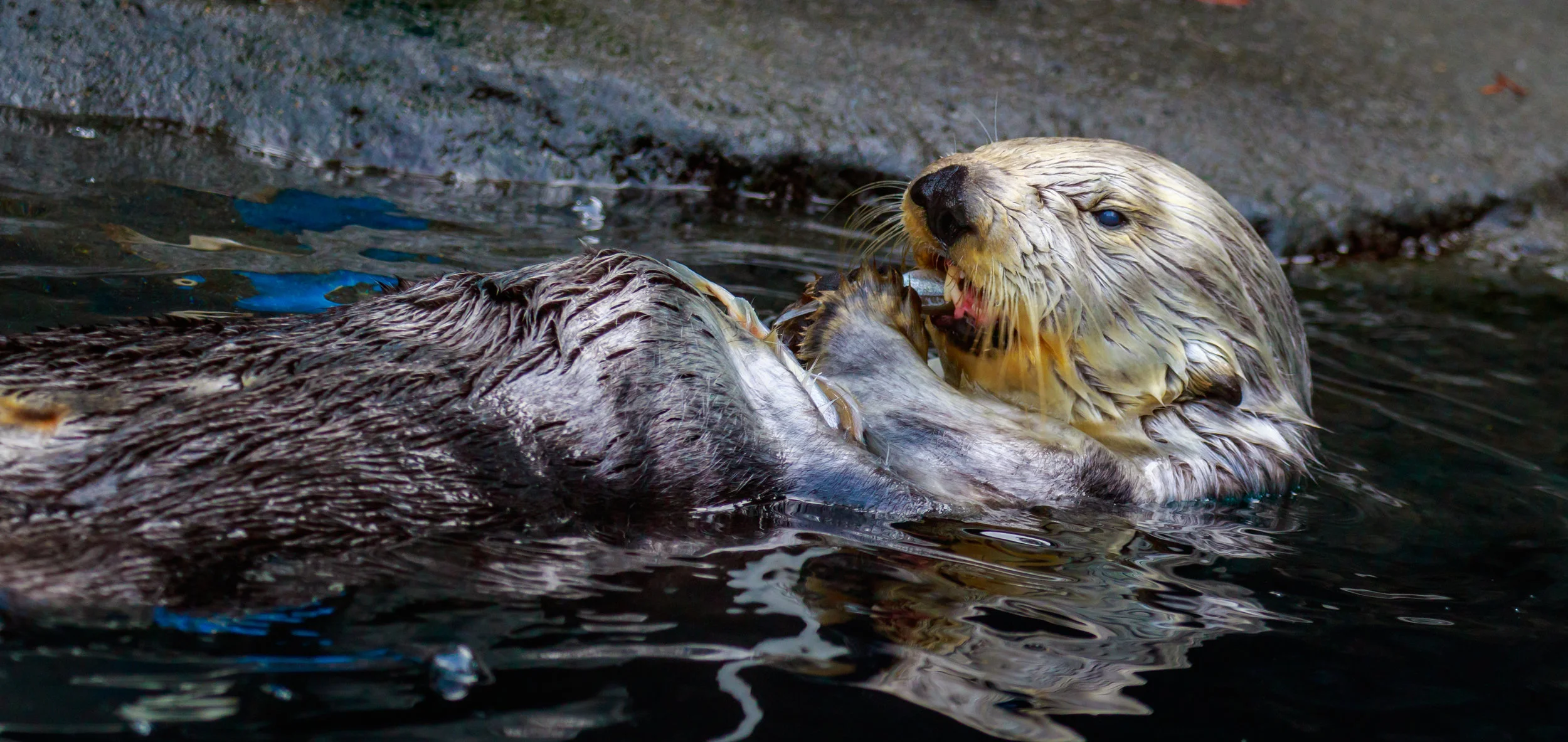All the terms you need when ordering print jobs with Denwal
Colour Printing
This is achieved through the four colour process, or CMYK (Cyan, Magenta, Yellow, Black [K] ): The process uses translucent inks, which can be overprinted to produce a variety of different colours.
Creasing/Scoring
Heavier paper weights (usually 200gsm and above) must be creased / scored before folding in order to stop the stock cracking.
Digital
Digital print – which is the most cost effective method for short run printing, or where it’s not necessary to achieve the quality of lithographic printing – works directly from electronic data and prints in four colour. Please note: printing digitally prevents use of single Pantones®, metallic inks or varnish.
Folding
We all like to get creative with our collateral, and often that means designing them with fancy folds in mind.
Lithographic
A metal plate is treated so that the image area attracts the inks, while the wet non-image areas resist them. Although this is the most popular print option, it is a costlier process than digital and only starts to pay for itself on larger runs, or where there can be no compromise on quality.
Materials
(Paper/Board)
Although there is an almost endless variety of papers available from numerous paper mills, they can usually all be categorized as gloss coated, silk or satin coated, uncoated, self adhesive and NCR sets (carbon-free paper).
Metallic inks
Add an extra special touch to your printed collateral with these spot colours, which produce a range of metallic effects including gold, silver and bronze.
Screen
Screen printing is the oldest form of printing, and is now most commonly used for banners and t-shirts. A simple process, screen printing involves applying ink to a porous silk screen and passing through a stencil or template to leave an impression.
ENVELOPE SIZES
- C3 457 x 324mm
- C4 229 x 324mm
- C5 162 x 235mm (OVERSIZE)
- C5 162 x 229mm
- DL 114 x 232mm (OVERSIZE)
- DL 110 x 220mm
- DL 102 x 214mm (UNDERSIZE)
- C6 114 x 162mm
However, sometimes it’s best to stand out from the crowd by opting for a more unusual paper size – a square business card, for example, designed to get people talking as soon as you hand it to them. We can handle this for you, too.
Spiral binding
A binding process that feeds a continual looped wire through holes down the left hand side of the page, allowing your collateral to lie flat when opened.
Spot colour
Two colour printing uses solid colours (from companies like Pantone) rather than blending colours using CMYK, thereby saving money on inks. Because of this, spot colour is the preferred method for stationery.
Please note: Solid colours (like those from Pantone) will usually have equivalent colours in CMYK. However, certain colours don’t have an equivalent and need a fifth plate added to the print process. This will cost extra, so your choice of colour is worth bearing in mind for later projects where spot colour is not an option.
GSM
Grams per square metre – indicates how heavy paper or card stock is. Generally speaking, copier paper will be roughly 90-100gsm, while postcard stock is between 300-400gsm – that should give you a rough idea of the thickness of your chosen stock. GSM affects other options, like the folds available to you.
Thermal
The preferred method for creating smear-proof and water resistant printing, thermal printing creates an image using a heated print head.
The preferred method for creating smear-proof and water resistant printing, thermal printing creates an image using a heated print head.
Web offset
These very fast presses, which use a continuous roll of paper, are ideal for very large print runs but are unsuitable for smaller jobs.
Wire-O binding
Usually seen on low-cost documents like reports. Paper is collated in page order and secured using looped wire fixed into holes down the left hand side of the page. Front and back covers can be separate (Half Canadian) or have a spine (Full Canadian Binding).
Saddle stitch (Fold, Stitch and Trim)
A popular and cost effective method of binding, with wire staples used to secure folded sections together. This method is capable of binding around 80 pages (in 20 sections of four pages each) depending on your chosen paper’s thickness.
PAPER SIZES
The most cost effective use of the paper can be gained by opting for standard sizes, including:
- A0 841 x 1189mm
- A1 594 x 841mm
- A2 420 x 594mm
- A3 297 x 420mm
- A4 210 x 297mm
- A5 148 x 210mm
- A6 105 x 148mm
- A7 74 x 105mm
- A8 52 x 74mm
- B0 1000 x 1414mm
- B1 707 x 1000mm
- B2 500 x 707mm
- B3 353 x 500mm
- B4 250 x 353mm
- B5 176 x 250mm
- 88mm x 55mm / 85mm x 55mm
standard business card size - DL (210mm x 99mm)
used portrait for two-sided leaflets,
or landscape for compliment slips

